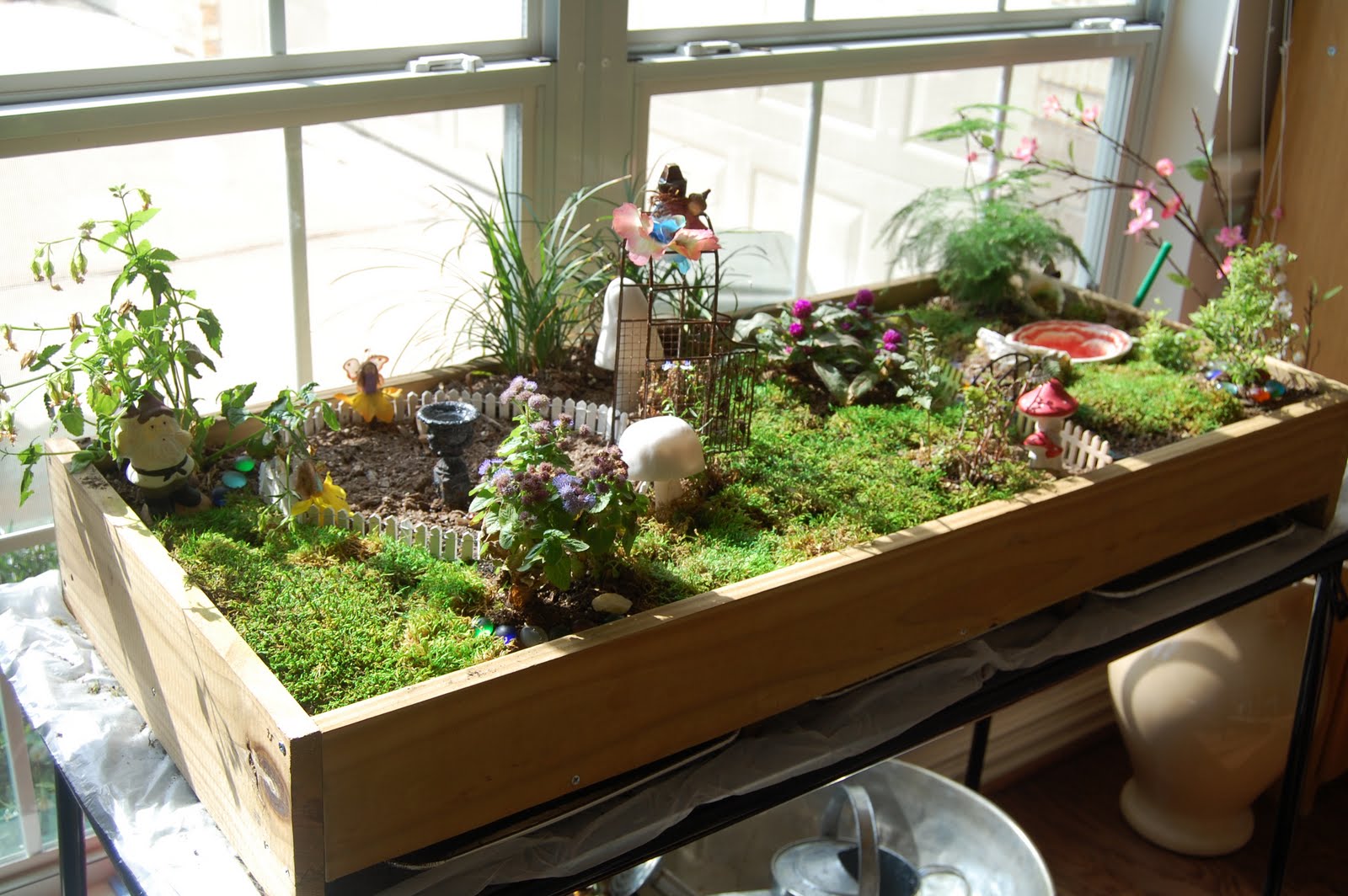

Articles
How To Set Up An Indoor Garden
Modified: January 20, 2024
Learn how to set up your own indoor garden with our informative articles. Discover tips and tricks for growing various plants indoors and creating a beautiful green space in your home.
(Many of the links in this article redirect to a specific reviewed product. Your purchase of these products through affiliate links helps to generate commission for Storables.com, at no extra cost. Learn more)
Introduction
Welcome to the wonderful world of indoor gardening! Whether you have a green thumb or are a complete beginner, setting up an indoor garden can be a fulfilling and rewarding experience. Not only does it bring life and beauty to your home, but it also provides you with fresh herbs, vegetables, and flowers throughout the year. In this article, we will guide you through the process of setting up your own indoor garden, from choosing the right location to maintaining your plants.
Indoor gardening offers numerous benefits. It allows you to grow plants in any season, regardless of the outdoor weather conditions. It also provides a sense of relaxation and satisfaction as you watch your plants thrive and flourish. Plus, indoor gardens can improve the air quality in your home by reducing indoor pollutants and increasing oxygen levels.
Before you jump into creating your indoor oasis, there are a few key factors to consider. The location, plant selection, containers, soil, light, temperature, watering, and maintenance all play crucial roles in the success of your indoor garden. By understanding and implementing these factors, you can create a thriving and vibrant indoor garden that will be the envy of your neighbors.
So, let’s dive in and learn how to set up an indoor garden that will bring joy and beauty to your life!
Key Takeaways:
- Create a thriving indoor garden by choosing the right plants, containers, and soil. Pay attention to light, temperature, and humidity for optimal growth and enjoy the bountiful harvest of fresh herbs and vegetables.
- Embrace the joy of indoor gardening as a therapeutic and rewarding experience. Maintain your indoor garden with care, prevent pests, and savor the flavors of homegrown produce.
Read more: How To Start An Indoor Garden For Beginners
Choosing the Right Location
One of the first steps in setting up your indoor garden is selecting the right location for your plants. The ideal location will provide the perfect balance of light, temperature, and humidity to support plant growth. Here are a few things to consider:
- Light: Most plants need ample sunlight to thrive. Look for a location that receives at least 6-8 hours of direct or indirect sunlight per day. South-facing windows are typically the best for providing sufficient light. If your chosen spot doesn’t receive enough natural light, consider using artificial grow lights to supplement.
- Temperature: Plants have specific temperature preferences, so it’s important to choose a location that matches their needs. Most plants prefer temperatures between 60-75°F (15-24°C), away from drafts and extreme temperature fluctuations. Be mindful of any heating or cooling vents that may affect the temperature in your chosen space.
- Humidity: Humidity levels can vary greatly depending on your location and the climate. Some plants, such as tropical varieties, thrive in high humidity environments, while others prefer drier conditions. Consider the natural humidity levels in your home and choose plants that will be compatible with those levels. You can also use humidifiers or pebble trays filled with water to increase humidity for specific plants.
- Space: Ensure that you have enough space to accommodate your indoor garden. Consider the size and growth characteristics of the plants you want to grow, allowing enough room for them to reach their mature size. If space is limited, you can also opt for vertical gardening techniques or hanging planters to make the most of your available area.
Keep in mind that every home is different, and the conditions in your specific location may vary. It’s essential to assess and observe the light, temperature, and humidity in different areas of your home to find the best spot for your indoor garden. Additionally, make sure that the chosen location is easily accessible for watering and maintenance.
Now that you have chosen the right location for your indoor garden, it’s time to move on to the next step: selecting the plants that will thrive in your chosen environment.
Selecting the Plants
Choosing the right plants for your indoor garden is essential to ensure their successful growth and development. Consider the following factors when selecting plants:
- Light Requirements: Different plants have varying light requirements. Some thrive in direct sunlight, while others prefer indirect or low-light conditions. Assess the amount of natural light available in your chosen location and choose plants that are compatible with those light levels. Some popular indoor plant options include spider plants, pothos, snake plants, and peace lilies, as they are known to adapt well to different light conditions.
- Size and Space: Consider the mature size of the plants and ensure that you have enough space to accommodate their growth. If you have limited space, choose compact or trailing varieties that won’t overcrowd your indoor garden. Alternatively, you can choose plants that can be trained or pruned to stay within a certain size.
- Watering Needs: Different plants have different watering requirements. Some plants prefer moist soil, while others need the soil to dry out slightly between waterings. Assess your watering habits and choose plants that align with your routine. It’s always a good idea to group plants with similar watering needs together to make it easier for maintenance.
- Maintenance Level: Consider the amount of time and effort you can commit to maintaining your indoor garden. Some plants require more care and attention, while others are low-maintenance and can thrive with minimal intervention. If you’re a beginner, start with plants that are known for their resilience and adaptability.
- Aesthetics and Personal Preference: Ultimately, your indoor garden should bring you joy and reflect your personal style. Consider the aesthetic appeal of different plant varieties and choose ones that resonate with you. Whether you prefer lush foliage, vibrant blooms, or unique textures, there is a wide range of options to suit your taste.
Research specific plants you are interested in, including their growth habits, light and water requirements, and potential challenges or pests they may encounter. Additionally, consider any specific goals you have for your indoor garden, such as growing herbs for cooking or cultivating plants that improve indoor air quality.
Remember, indoor gardening is a journey of experimentation and learning. Don’t be afraid to try out different plants and see what works best in your space. With a bit of patience and care, your indoor garden will flourish and bring beauty and joy to your home.
Containers and Pots
Choosing the right containers and pots for your indoor garden is crucial not only for the aesthetics but also for the health and growth of your plants. Here are some considerations when selecting containers:
- Drainage: Good drainage is essential to prevent waterlogging and root rot. Look for pots with drainage holes at the bottom to allow excess water to escape. If you fall in love with a pot without drainage holes, you can place a layer of gravel at the bottom or use a saucer to catch excess water.
- Size: Choose pots that are appropriate for the size of your plants. Ensure that the pots have enough space to accommodate the root system and allow for growth. Avoid pots that are too large, as excess soil can hold too much moisture and lead to overwatering.
- Material: Consider the material of the containers. Plastic pots are lightweight and retain moisture, which can be beneficial for certain plants. Clay or terracotta pots are porous and allow for better airflow, but they tend to dry out more quickly. Choose the material based on the specific needs of your plants.
- Aesthetics: Select pots that complement your indoor decor and enhance the visual appeal of your space. There are numerous options available, from traditional clay pots to modern and decorative designs. Get creative and choose pots that reflect your personal style.
- Accessibility: Ensure that your chosen pots are easy to water and maintain. Consider the weight of the pots, especially if you plan to move them around frequently. You may opt for lightweight pots or invest in rolling plant stands to make maintenance tasks more manageable.
In addition to traditional pots, there are alternative container options available for indoor gardening. Hanging baskets, wall-mounted planters, and vertical gardening systems are great choices for maximizing space in smaller areas. Additionally, hydroponic systems and self-watering containers provide convenience for those with busy schedules.
It’s important to note that different plants may have specific container requirements. Some plants prefer shallow containers, while others need deeper pots to accommodate their root systems. Research the specific needs of the plants you choose and adjust your container selection accordingly.
Remember to monitor the moisture levels in your pots regularly. Indoor environments can be drier than outdoor ones, so you may need to water your plants more frequently. However, be cautious not to overwater, as it can lead to root rot. Allow the top inch of soil to dry out before watering again.
By choosing suitable containers that provide adequate drainage and space for your plants, you are setting a solid foundation for the success of your indoor garden.
Soil and Fertilizer
The type of soil and the proper use of fertilizer are essential factors in maintaining a healthy and thriving indoor garden. Here’s what you need to know:
Soil:
Choosing the right soil for your indoor garden is crucial for providing the necessary nutrients and support for your plants. Here are a few key points to consider:
- Quality: Opt for a high-quality, well-draining potting mix specifically formulated for indoor plants. Avoid using garden soil or heavy clay soil, as they can offer poor drainage and hinder the growth of your plants.
- Composition: Look for a potting mix that contains a blend of organic matter, such as peat moss or coconut coir, to retain moisture, as well as perlite or vermiculite for improved drainage.
- pH Level: Most indoor plants prefer a slightly acidic to neutral pH range (around 6.0-7.0). Check the pH level of your soil before planting and adjust it if necessary using pH-adjusting products available at gardening stores.
Amend your potting mix with organic matter, such as compost or well-rotted manure, to provide additional nutrients and improve soil structure. This will enhance the fertility and water-holding capacity of the soil, promoting healthy root growth.
Fertilizer:
Fertilizer provides your indoor plants with the necessary nutrients they need for growth and development. Here are some guidelines for using fertilizer effectively:
- Type: There are various types of fertilizers available, such as synthetic chemical fertilizers and organic options. Choose one that aligns with your gardening preferences and the specific needs of your plants. Organic fertilizers, like compost or worm castings, gradually release nutrients into the soil and are less likely to cause nutrient burn.
- Frequency: Follow the instructions on the fertilizer packaging for the recommended application frequency. Generally, indoor plants require less frequent fertilization compared to outdoor plants. Fertilize your plants during their active growing season, usually in spring and summer, and reduce or stop fertilizing during the dormant period in fall and winter.
- Amount: Avoid over-fertilizing, as it can lead to nutrient buildup and burn the roots of your plants. Start with a diluted form of fertilizer and gradually increase the strength if needed. Always provide enough water after fertilizing to prevent salt buildup.
- Micro and Macro Nutrients: Pay attention to the specific nutrient requirements of your plants. Different plants have different nutritional needs, and certain deficiencies can cause stunted growth or yellowing leaves. Consider using a balanced fertilizer or supplement with specific nutrients, such as nitrogen, phosphorus, and potassium, as needed.
Regularly monitor your plants for signs of nutrient deficiencies or excesses. Adjust your fertilizer routine accordingly to provide the appropriate nutritional support for optimal growth.
Remember, every plant has unique requirements, so research the specific needs of your indoor plants and adjust your soil and fertilizer practices accordingly. By providing the right soil composition and nutrient balance, you will lay the foundation for healthy and thriving plants in your indoor garden.
Read more: How To Start An Indoor Garden
Light and Temperature
Providing the right amount of light and maintaining optimal temperature conditions in your indoor garden are crucial factors for the successful growth and development of your plants. Here’s what you need to know about light and temperature:
Light:
Light is one of the most important factors for plant growth. Here are some key considerations:
- Natural Light: Most plants require at least 6-8 hours of direct or indirect sunlight per day. Place your plants near windows that receive ample sunlight, preferably south-facing windows for maximum light exposure. If natural light is limited in your space, you can supplement with artificial grow lights. LED or fluorescent grow lights are excellent options and provide the necessary light spectrum for plant growth.
- Light Intensity: Different plants have varying light intensity requirements. Some prefer bright, indirect light, while others tolerate lower light levels. Research the light needs of your specific plants and place them accordingly. You can also rotate your plants periodically to ensure even light distribution.
- Light Duration: Just as plants need darkness for rest, they also require a consistent light-dark cycle. Most plants thrive with 12-16 hours of light per day. Use timers for your grow lights to maintain a regular light schedule, simulating natural day and night cycles.
Regularly monitor your plants for signs of light stress, such as stretched or leggy growth, pale or yellowing leaves, or a lack of flowering. Adjust the light intensity and duration as needed to provide optimal conditions for your plants.
Temperature:
Temperature plays a crucial role in the growth and overall health of your indoor plants. Consider the following guidelines:
- Optimal Range: Most indoor plants thrive in temperatures between 60-75°F (15-24°C). However, different plants have varying temperature preferences. Some may tolerate cooler temperatures, while others prefer warmer conditions. Research the ideal temperature range for your specific plants and adjust accordingly.
- Avoid Extreme Temperatures: Avoid placing your plants in areas with extreme temperature fluctuations or drafts, as they can stress the plants and hinder growth. Keep them away from heating or cooling vents, as direct exposure to hot or cold air can be detrimental.
- Nighttime Temperature: Many plants benefit from a slight drop in temperature during the nighttime, mimicking their natural environment. Lowering the temperature by a few degrees at night can promote healthy growth and flowering.
Monitor your indoor temperatures regularly and make adjustments as needed to provide the ideal conditions for your plants. Some indoor gardeners use thermometers or temperature-controlled devices to maintain a consistent and optimal temperature range.
Remember, light and temperature requirements may vary depending on the specific plants you are growing. Understanding the individual needs of your plants will allow you to provide them with the best possible environment for growth and development in your indoor garden.
When setting up an indoor garden, make sure to choose the right location with adequate sunlight and good air circulation for your plants to thrive.
Watering and Humidity
Proper watering and humidity levels are vital for maintaining healthy and thriving plants in your indoor garden. Here are some guidelines to ensure your plants receive the right amount of water and humidity:
Watering:
Water is essential for plant growth, but it’s important to find the right balance. Here are some watering tips:
- Consistency: Establish a consistent watering routine to avoid under-watering or over-watering your plants. Monitor the moisture levels in the soil regularly, particularly for plants that prefer consistent moisture, and adjust your watering schedule accordingly.
- Monitor Soil Moisture: Check the moisture level of the soil before watering. Stick your finger about an inch deep into the soil. If it feels dry, it’s time to water. If it feels moist, wait for a day or two before watering again.
- Watering Techniques: Use a watering can or a gentle stream of water to water your plants. Water thoroughly until the excess water drains out from the bottom of the pot. This ensures that the entire root system receives sufficient moisture.
- Water Quality: If possible, use room temperature tap water that has been allowed to sit for 24 hours to allow chlorine to dissipate. Avoid using cold water straight from the tap, as it can shock the roots. If your tap water is heavily chlorinated or contains high levels of minerals, consider using filtered or distilled water.
- Grouping Plants: Grouping plants with similar watering needs together can make watering more efficient. It allows you to provide the appropriate amount of water to each plant without over or under-watering individual plants.
Remember, it’s always better to slightly underwater than to overwater your plants. Overwatering can lead to root rot and other moisture-related issues. Pay attention to the specific moisture requirements of your plants and adjust your watering routine accordingly.
Humidity:
Indoor environments often have lower humidity levels compared to outdoor conditions, which can affect your plants. Here are some tips to maintain proper humidity levels:
- Misting: Mist your plants with water regularly to increase humidity around them. Use a spray bottle to lightly mist the leaves, especially during dry seasons.
- Pebble Trays: Place a tray filled with pebbles and water beneath your plants. As the water evaporates, it increases humidity around the plants. Make sure the bottom of the pot is not sitting in the water to avoid root rot.
- Humidifiers: Use a humidifier to control and maintain optimal humidity levels in the room. Humidifiers are especially beneficial during winter months when heating systems can dry out the air in your home.
- Grouping Plants: Grouping plants together can create a microclimate of higher humidity among them. This is especially helpful for plants that thrive in higher humidity environments.
Monitor the humidity levels in your indoor garden using a hygrometer and make adjustments as needed to provide the best conditions for your plants. Certain plants, such as tropical varieties, may have specific humidity requirements, so research the needs of your individual plants to ensure their optimum growth.
By following these watering and humidity guidelines, you’ll help your indoor garden thrive and create a welcoming environment for your plants to flourish.
Indoor Garden Maintenance
Maintaining your indoor garden is crucial for the continued health and beauty of your plants. By implementing proper care and regular maintenance tasks, you’ll ensure that your indoor garden thrives. Here are some essential maintenance practices to consider:
- Regular Inspection: Take the time to inspect your plants regularly for any signs of pests, diseases, or nutrient deficiencies. Look for yellowing leaves, spots, wilting, or any abnormal growth. Catching issues early on allows you to take prompt action and prevent further damage.
- Pruning and Trimming: Regularly trim and prune your plants to maintain their shape and promote bushier growth. Remove yellowing or damaged leaves, spent flowers, or any dead or decaying plant material. This not only improves the appearance of your plants but also prevents the spread of diseases or pests.
- Fertilization: As mentioned earlier, provide appropriate fertilization to your plants based on their specific needs. Follow the instructions on the fertilizer packaging and fertilize during the active growing season. Avoid over-fertilizing, as this can lead to nutrient burn and damage the roots.
- Dusting: Indoor plants can accumulate dust on their leaves, affecting their ability to photosynthesize properly. Wipe the leaves gently with a soft cloth or use a handheld vacuum with a brush attachment to remove dust and keep the leaves clean. This enhances the plant’s overall health and appearance.
- Support and Training: Some plants, such as vining or climbing varieties, may require support or training to grow properly. Use stakes, trellises, or plant ties to guide their growth and prevent them from becoming tangled or trailing on the ground.
- Rotating: Rotate your plants occasionally to ensure even growth and prevent them from leaning toward the light source. This promotes balanced development and prevents lopsided growth patterns.
- Repotting: Over time, plants may outgrow their containers or deplete the nutrients in the soil. When necessary, repot your plants into larger pots with fresh potting soil. Repotting allows them to continue growing and thriving.
Additionally, pay attention to the overall cleanliness of your indoor garden area. Wipe down the surfaces, clean the saucers, and remove any fallen leaves or debris. A clean environment not only enhances the aesthetics but also reduces the risk of pests and diseases.
Keep a gardening journal to track the progress of your plants, note any changes you make, and record the results. This can help you learn from your experiences and make adjustments to your maintenance routine as needed.
Remember to maintain a balance in your indoor garden care. Avoid overwatering, over-fertilizing, or excessive trimming, as this can stress your plants. Each plant has unique needs, so observe and understand the requirements of your individual plants to provide the best care.
By consistently practicing these maintenance tasks and giving your plants the attention they need, your indoor garden will thrive and bring life and beauty to your home.
Pest Control
Pests can pose a threat to the health and well-being of your indoor garden. However, with proper pest control measures, you can keep your plants safe and thriving. Here are some effective strategies for dealing with common indoor garden pests:
- Prevention: The best defense against pests is prevention. Start by practicing good hygiene in your indoor garden area. Keep the area clean and free from debris, fallen leaves, and dead plant matter. Regularly inspect your plants for early signs of pests and take action immediately.
- Identification: Learn to identify common indoor garden pests like aphids, mealybugs, spider mites, and fungus gnats. Each pest has its own distinct appearance and behavior. By identifying the pest correctly, you can employ the most effective control methods.
- Natural Remedies: Many natural pest control methods are safe and effective for indoor gardening. Some examples include using neem oil or insecticidal soap spray to suffocate and kill pests, introducing beneficial insects like ladybugs or predatory mites that feed on harmful pests, or using sticky traps to catch flying insects.
- Cultural Practices: Maintaining healthy plants through proper care can help prevent pest infestations. Ensure that your plants are receiving adequate light, water, and proper nutrition. Stressed or weak plants are more susceptible to pest attacks.
- Isolation: If you notice signs of pests on a specific plant, isolate it from other plants to prevent the infestation from spreading. This will also make it easier to treat the affected plant without affecting the rest of your indoor garden.
- Chemical Control: If natural remedies and preventive measures are not effective, you may opt for chemical pesticides as a last resort. Use them with caution, following the instructions and safety precautions provided by the manufacturer. Choose products labeled for indoor use and target the specific pest you are dealing with.
- Regular Monitoring: Stay vigilant and regularly monitor your plants for any signs of pests. Check the undersides of leaves, inspect the soil, and look for eggs, larvae, or adult pests. Early detection allows for quicker intervention and minimizes potential damage.
Remember that prevention is key when it comes to pest control. It’s easier to prevent pests from infesting your indoor garden than to eradicate them once they have multiplied. Regularly inspect your plants, maintain a clean environment, and provide optimal conditions for healthy plant growth.
It’s also important to note that different plants and pests require different control methods. Research the specific needs and vulnerabilities of your plants, and seek out pest control solutions that are safe and appropriate for your indoor garden.
By implementing these pest control strategies and remaining proactive in your approach, you can effectively manage and prevent pests from harming your indoor garden.
Read more: How To Build An Indoor Garden
Harvesting and Enjoying the Fruits of Your Labor
After all the hard work and care you’ve put into your indoor garden, it’s time to reap the rewards and enjoy the bountiful harvest. Here are some tips for harvesting and savoring the fruits of your labor:
- Timing: Harvest your plants at the right time to ensure the best flavor and quality. Each plant has its own specific harvesting window, so research the specific requirements for each plant you grow. Generally, harvest fruits and vegetables when they are ripe but not overripe.
- Tools: Use the appropriate tools for harvesting to avoid damage to your plants. Sharp garden scissors or pruners can make clean cuts, while gentle handling ensures the longevity of your plants.
- Herbs: For herbs, harvest the leaves by snipping them from the plant. This encourages new growth and ensures a continuous supply of fresh herbs. Harvest herbs when they have matured but before they flower for the best flavor and aroma.
- Fruits and Vegetables: Carefully harvest fruits and vegetables when they reach their peak ripeness. Gently twist or cut them from the plant, taking care not to damage the surrounding foliage. It’s best to harvest in the morning when plants are hydrated and temperatures are cooler.
- Storage: Properly store your harvested produce to maintain freshness. Some vegetables, like leafy greens, can be refrigerated immediately, while others, such as tomatoes, are best left at room temperature. Herbs can be stored in the refrigerator wrapped in a damp paper towel or in a jar of water like a bouquet.
- Culinary Delights: Once you’ve harvested your fresh produce, it’s time to incorporate it into your culinary creations. Experiment with new recipes or simply enjoy the vibrant flavors of your home-grown herbs, vegetables, and fruits. Nothing compares to the satisfaction of using produce you’ve nurtured from seed to plate.
- Sharing the Joy: Share the fruits of your labor with friends, family, and neighbors. Spread the joy of gardening by gifting them with your homegrown bounty. It’s a wonderful way to share the love and appreciation for nature’s gifts.
Remember, the joy of gardening goes beyond just the harvest. Take the time to appreciate the sights, scents, and textures of your indoor garden. Embrace the opportunity to connect with nature and find peace in the process of tending to your plants.
Continue to learn and grow as a gardener. Reflect on your successes and challenges and use them to make improvements in your indoor gardening journey. Share your experiences with fellow gardeners and seek inspiration from others to expand your knowledge and skills.
Whether you’re enjoying a home-cooked meal seasoned with your own herbs or delighting in the vibrant colors of freshly harvested fruits and vegetables, the satisfaction and fulfillment that come from your indoor garden will undoubtedly bring joy to your life.
So, sit back, savor the flavors, and relish in the fruits of your labor.
Conclusion
Setting up and maintaining an indoor garden is a rewarding endeavor that brings nature’s beauty and the joy of gardening into your home. By following the steps outlined in this article, you can create a thriving and vibrant indoor garden that provides you with fresh herbs, vegetables, and flowers year-round.
From choosing the right location to selecting the perfect plants, containers, soil, and fertilizer, each aspect of indoor gardening plays a crucial role in the success of your garden. Pay attention to the light and temperature requirements of your plants and provide them with proper watering and humidity levels. Regularly inspect your plants for signs of pests and diseases and take necessary preventive measures.
Indoor gardening requires patience, observation, and a willingness to learn and adapt. As you nurture your plants and watch them grow, you’ll gain a deeper appreciation for the intricate beauty of nature and the wonder of plant life. The process of cultivating your indoor garden becomes a therapeutic and enjoyable experience that can bring a sense of peace and connection with the natural world.
Not only does an indoor garden enhance the aesthetic appeal of your home, but it also provides numerous benefits, such as improved air quality and the satisfaction of harvesting your own fresh produce. Whether you’re enjoying a meal seasoned with herbs straight from your garden or surrounding yourself with the vibrant colors of blooming flowers, the rewards of your indoor garden will bring joy and fulfillment to your life.
Remember, gardening is an ongoing journey of discovery and growth. Embrace the challenges and celebrate the successes. Share your experiences with fellow gardeners, seek inspiration from others, and continue to expand your knowledge and skills.
So, go ahead and embark on your indoor gardening adventure. Create a space filled with greenery, color, and life. Let your indoor garden be a sanctuary of nature’s beauty within the comfort of your own home. Enjoy every moment of nurturing and tending to your plants, and cherish the abundant rewards it brings.
Frequently Asked Questions about How To Set Up An Indoor Garden
Was this page helpful?
At Storables.com, we guarantee accurate and reliable information. Our content, validated by Expert Board Contributors, is crafted following stringent Editorial Policies. We're committed to providing you with well-researched, expert-backed insights for all your informational needs.
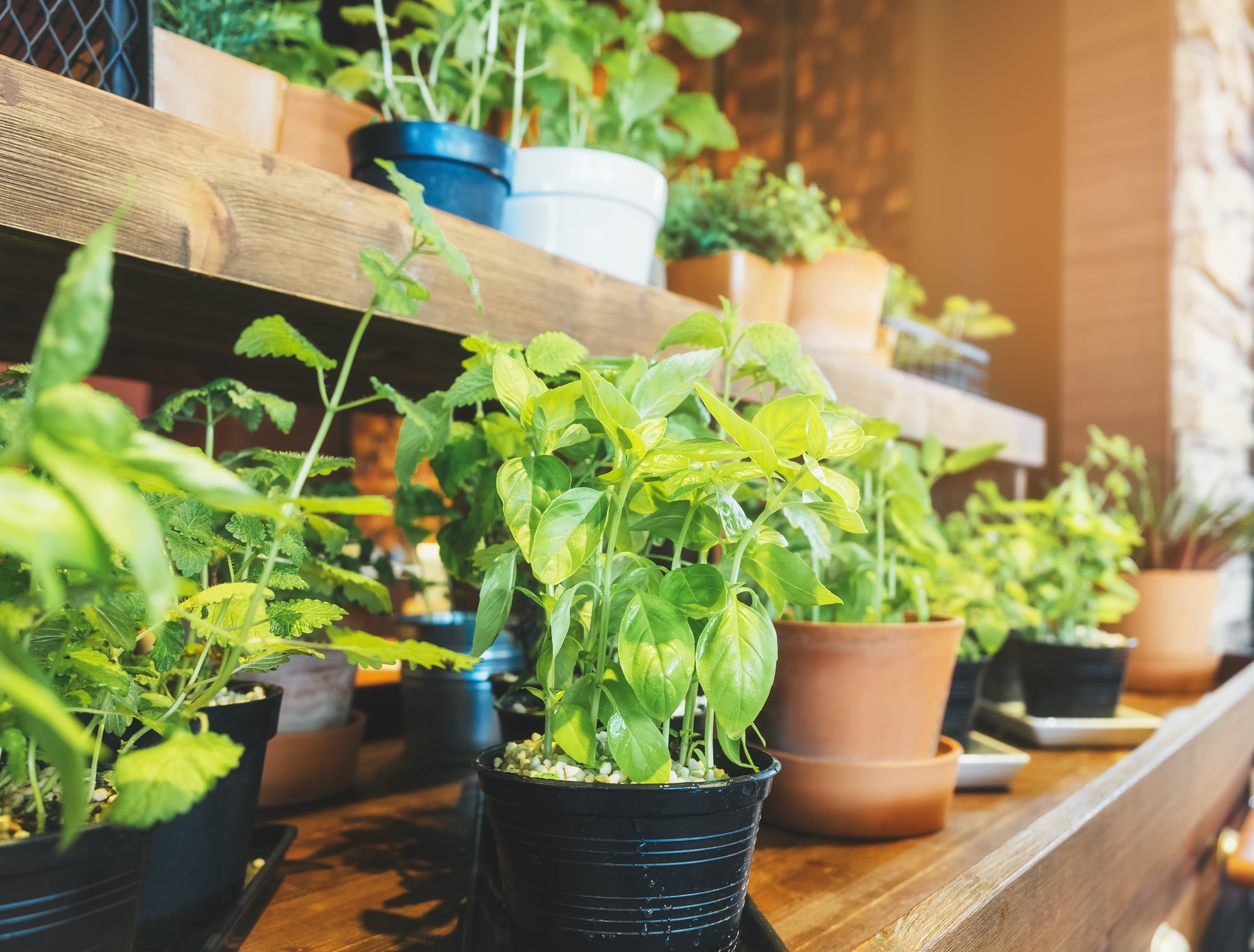
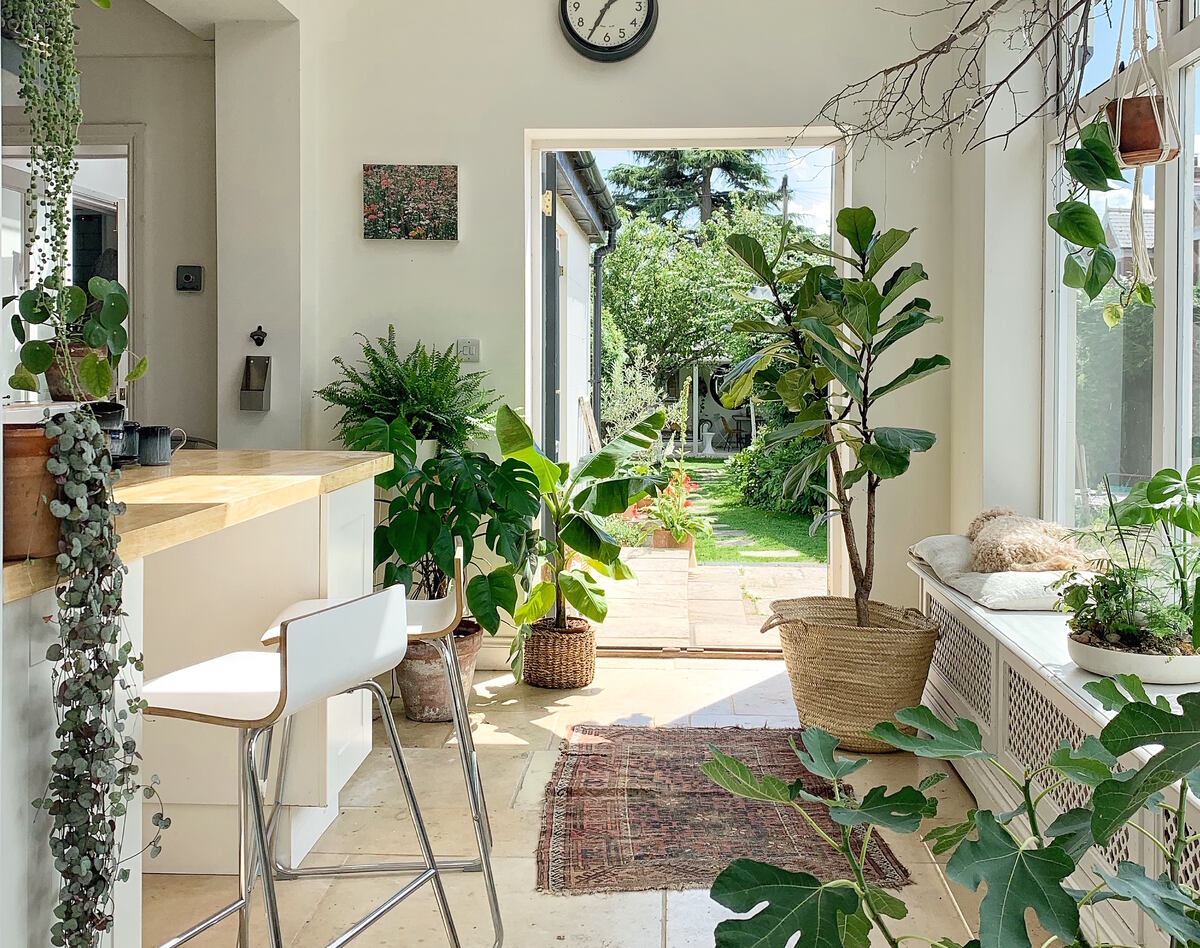
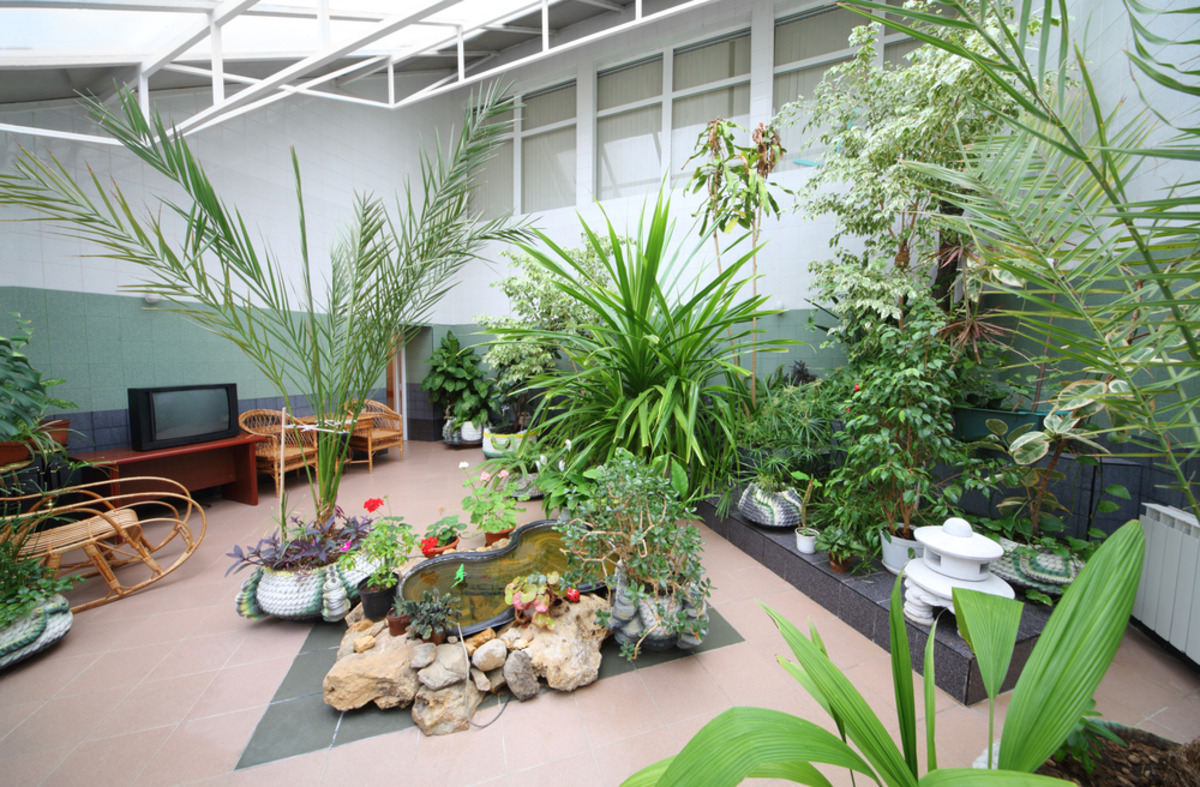
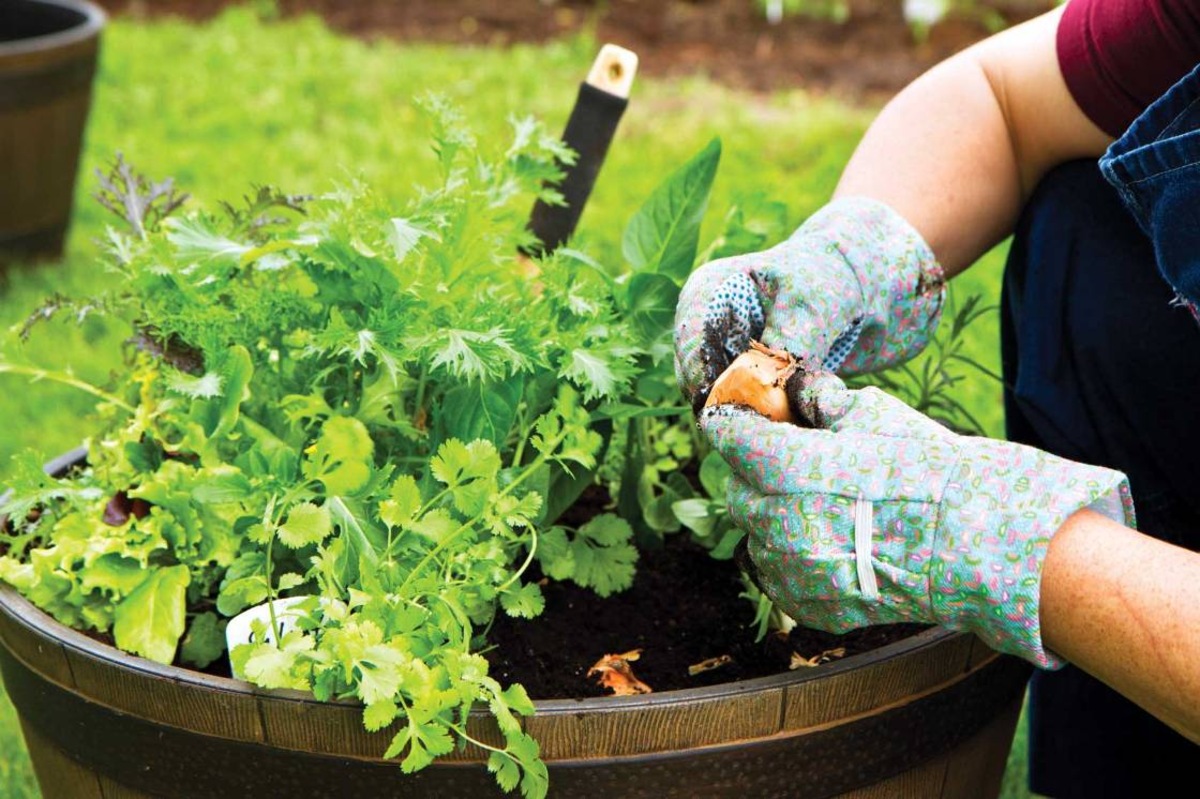
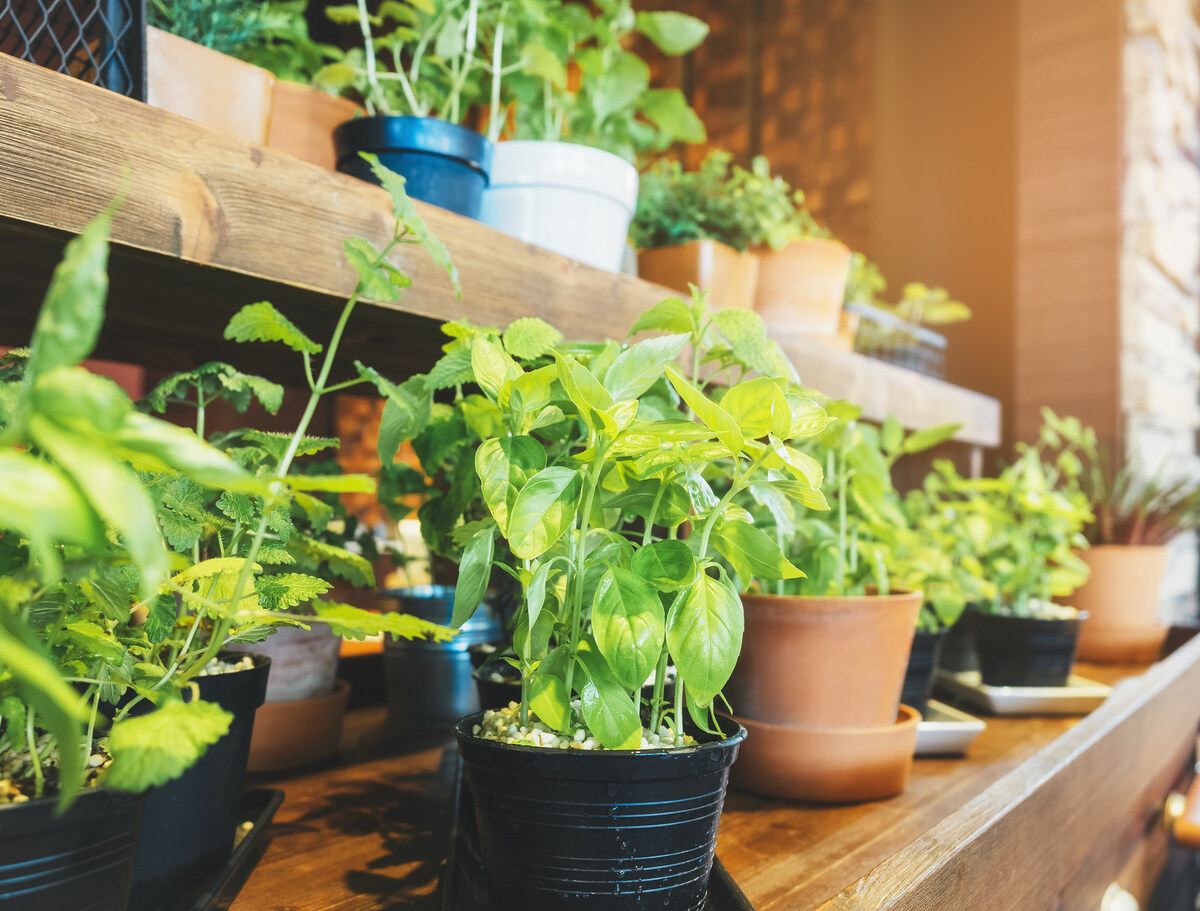
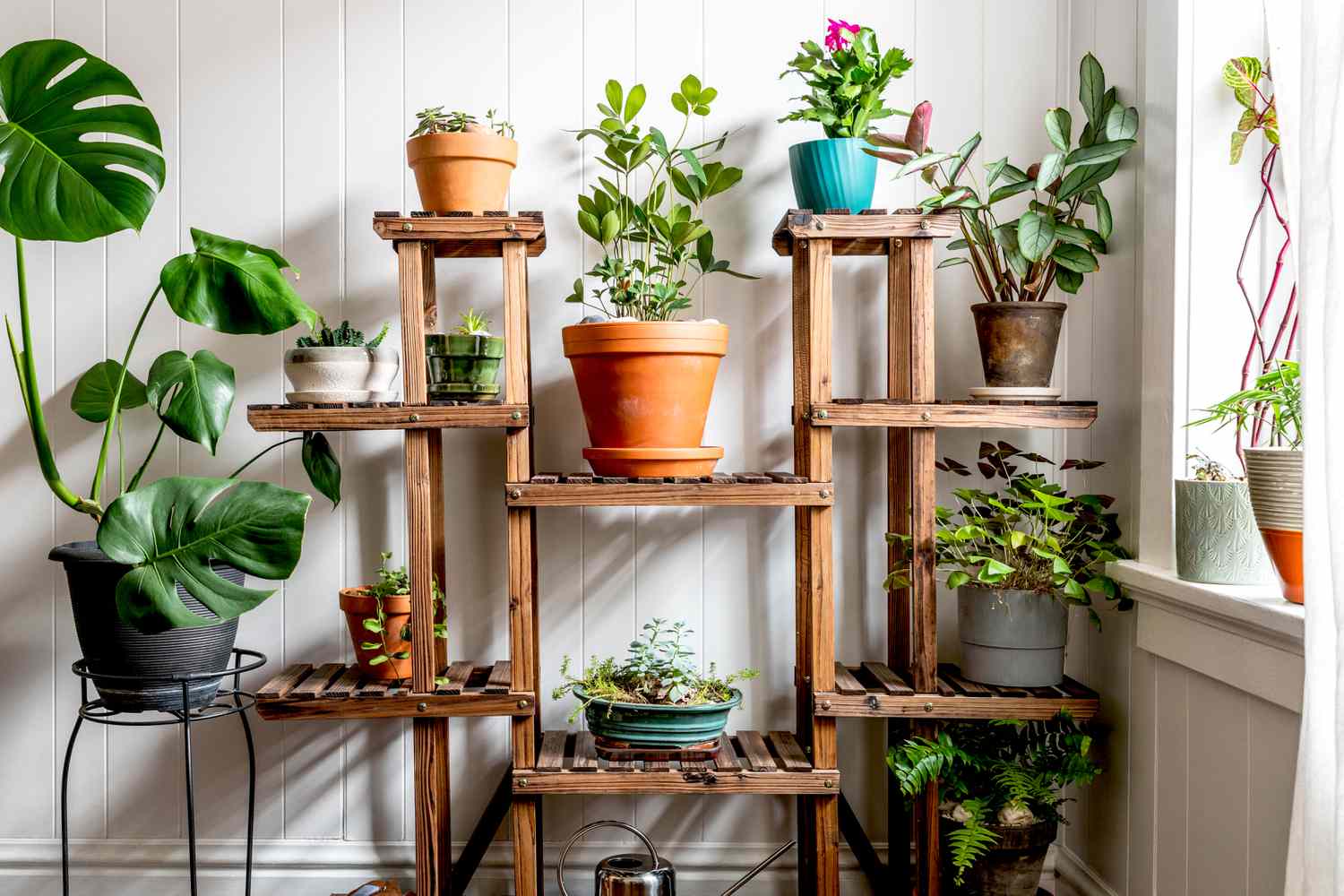
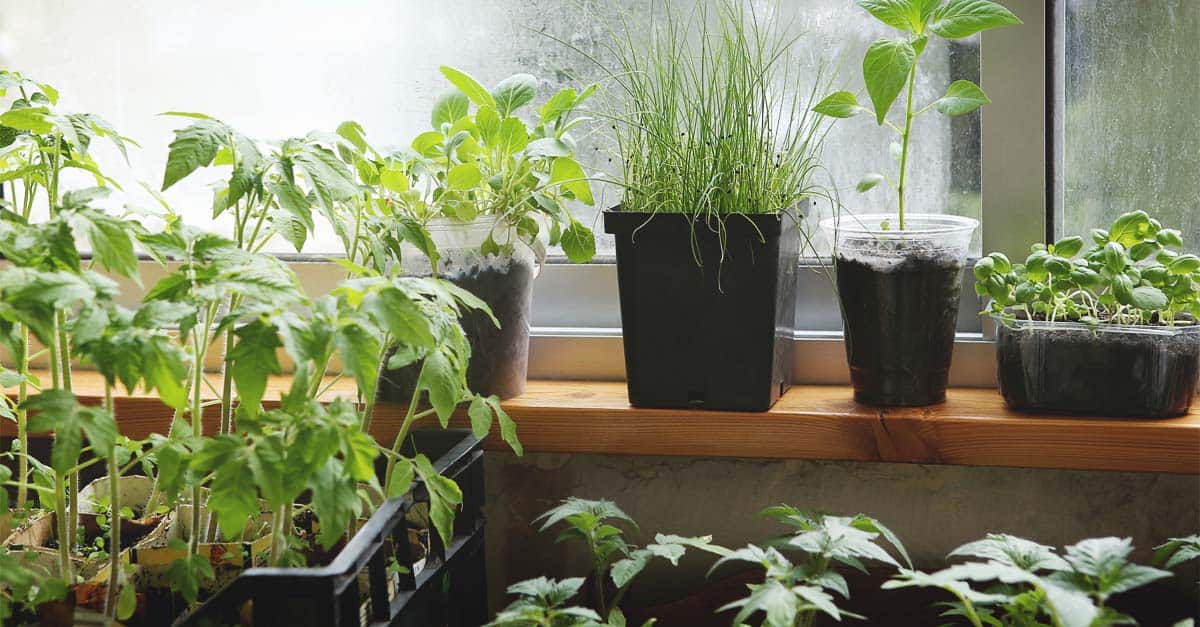
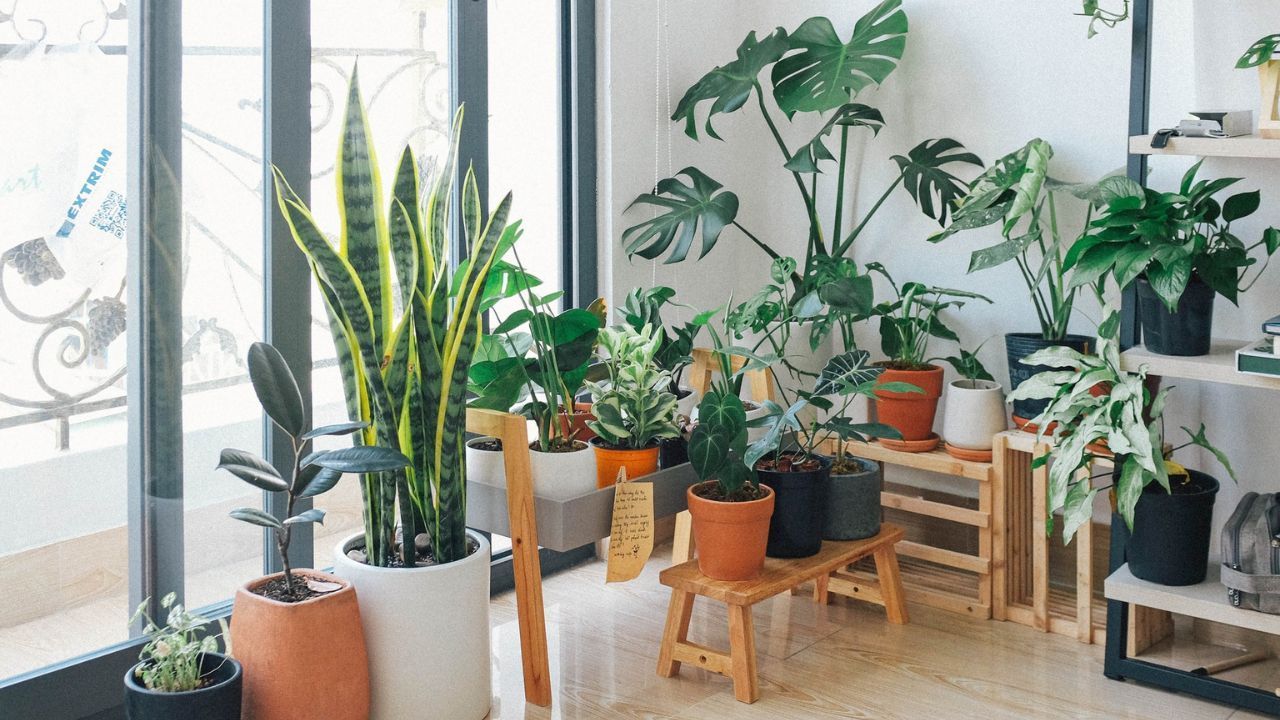
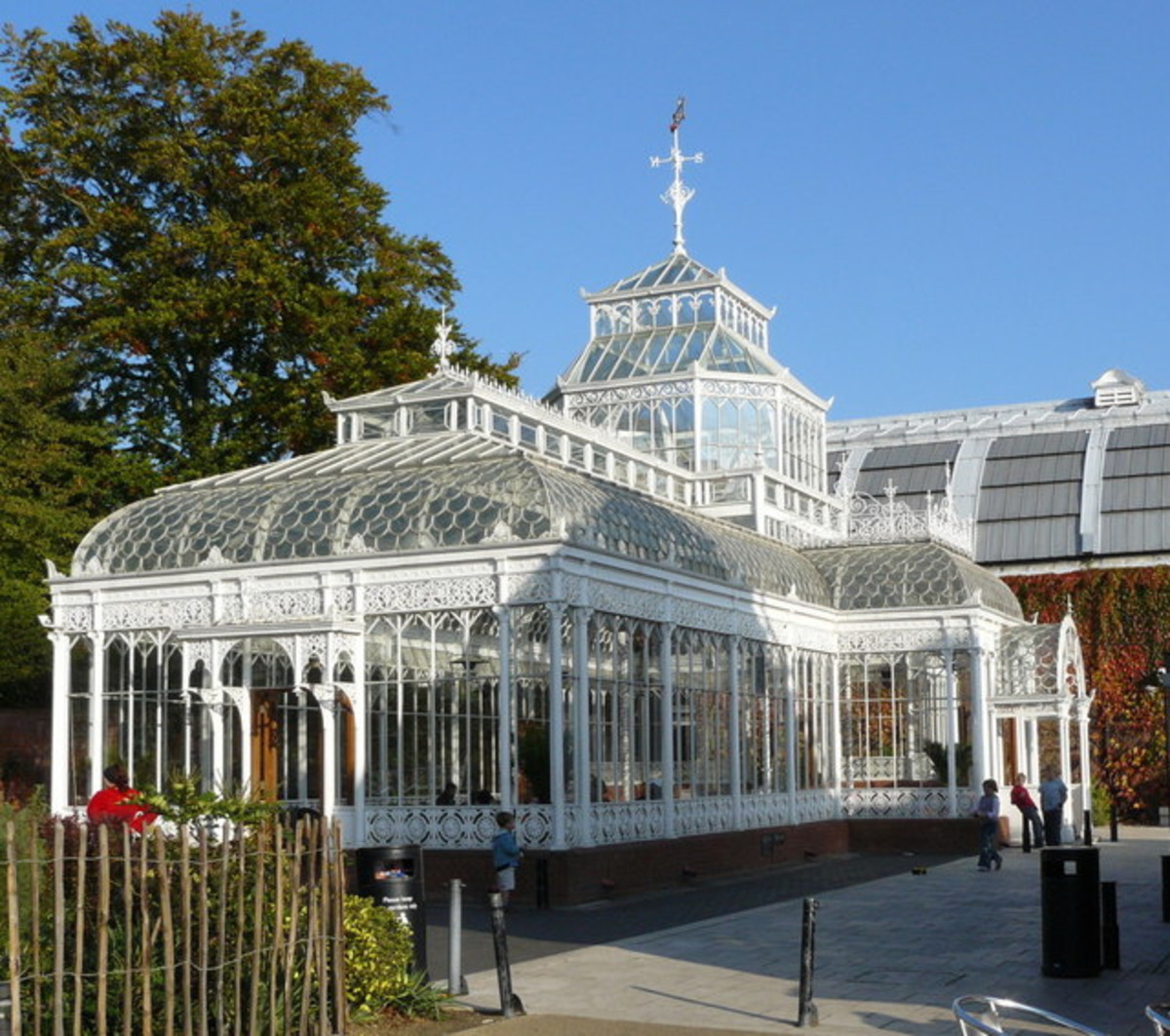
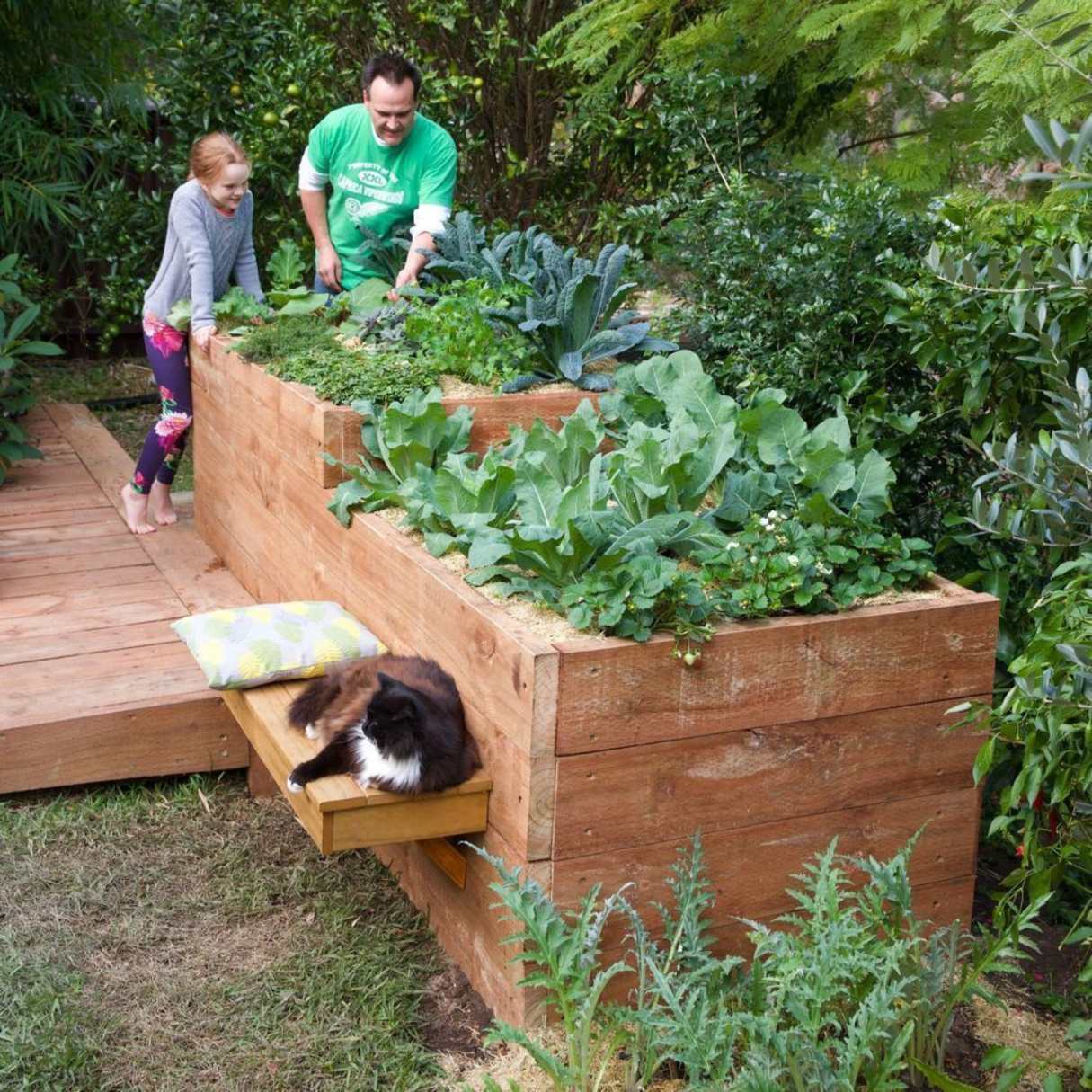
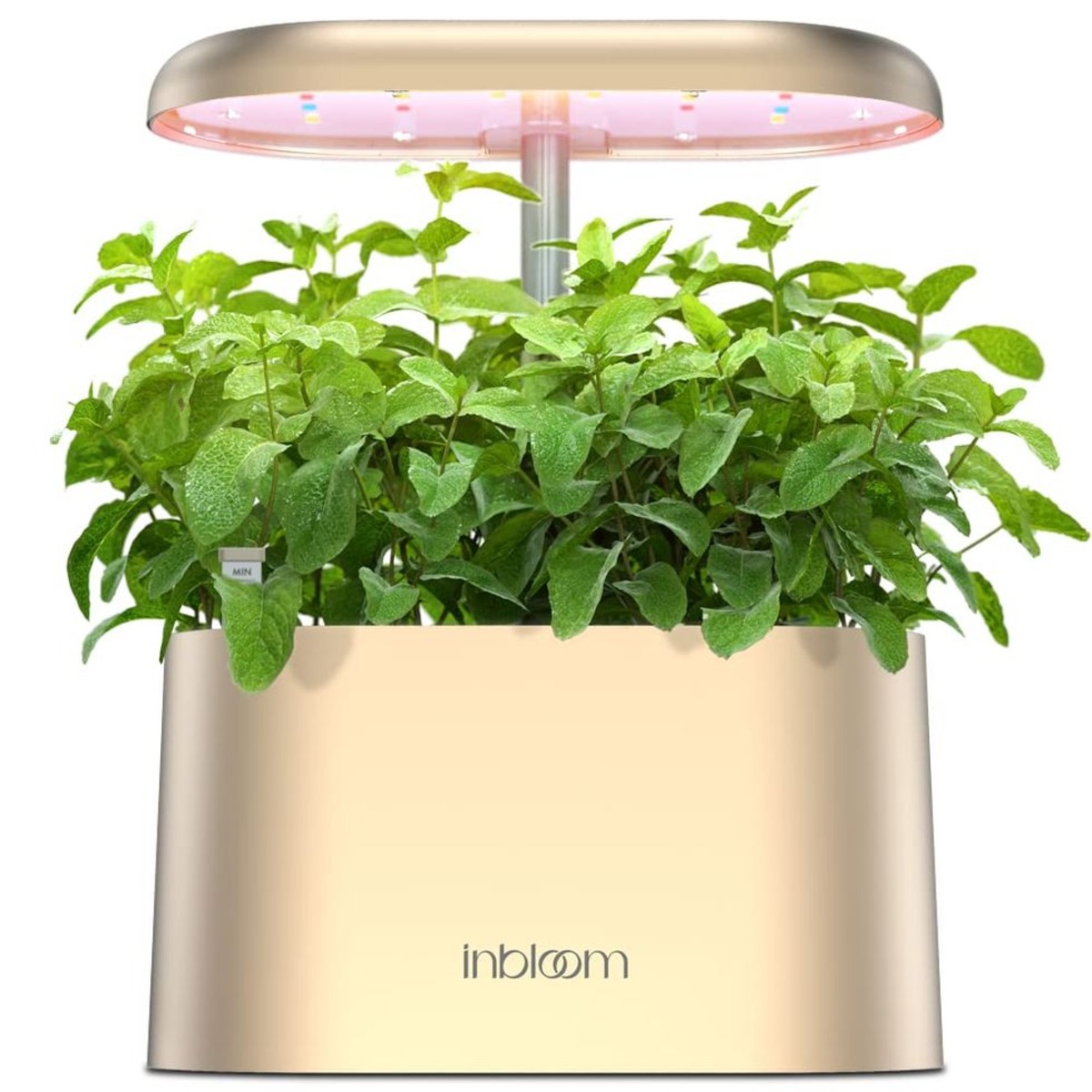
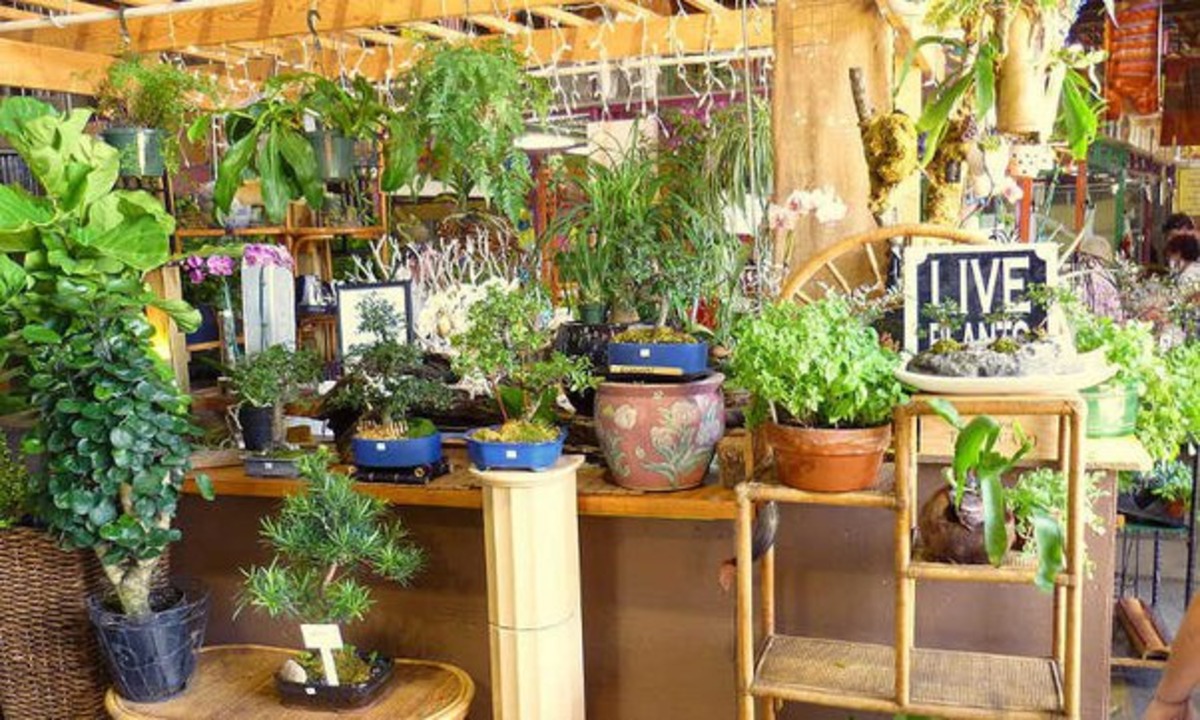
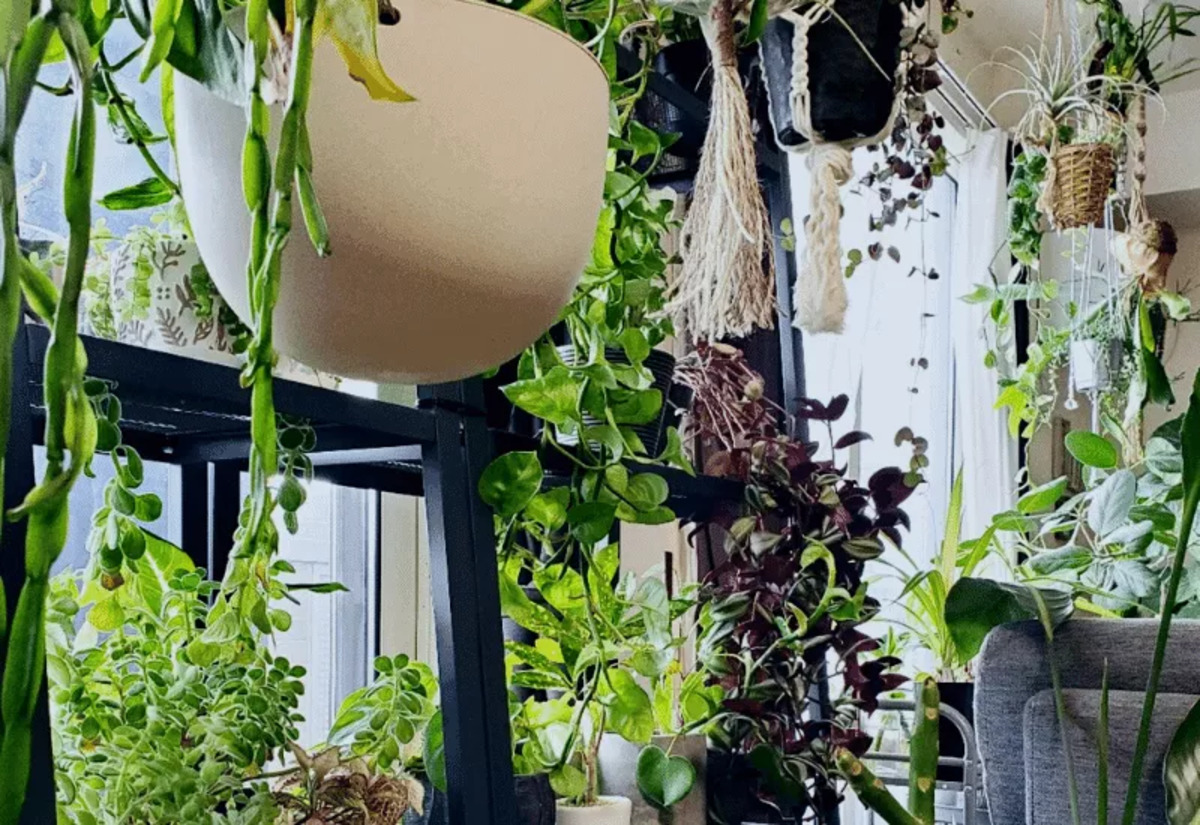

0 thoughts on “How To Set Up An Indoor Garden”